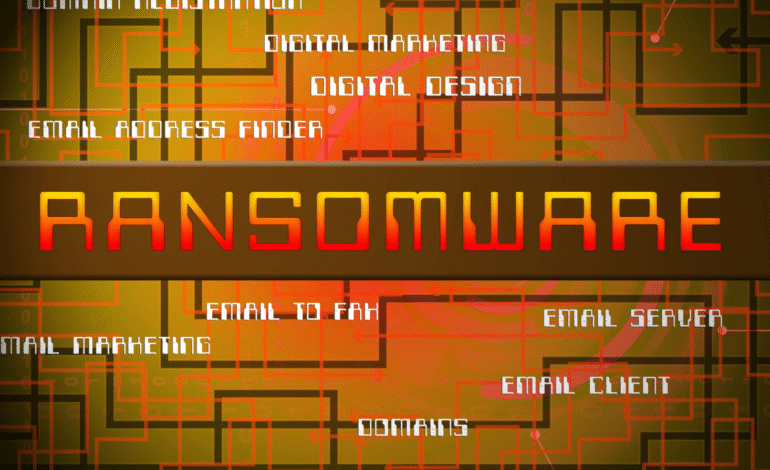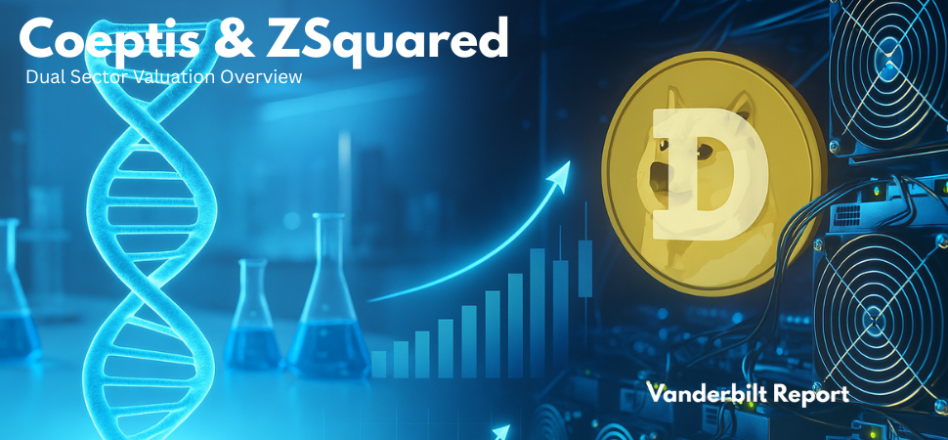Double Extortion Ransomware: Why Data Leaks Are the New Threat

Double extortion ransomware has emerged as one of the most dangerous trends in cybersecurity in 2025, combining traditional ransomware tactics with the modern threat of data leakage. Unlike conventional ransomware that simply encrypts an organization’s data and demands payment for its release, double extortion attacks add an additional layer of pressure by stealing sensitive information before encrypting it. Attackers then threaten to publish or sell the stolen data if the ransom is not paid, leveraging this threat as a powerful coercion tool.
The attack begins with threat actors gaining unauthorized access to a network through common vectors such as phishing emails, exploiting vulnerabilities, stolen credentials, or unprotected remote desktop protocols. Once inside, they perform extensive reconnaissance, moving laterally across the network to identify valuable data and elevate their privileges. During this phase, data exfiltration occurs stealthily, with attackers transferring large volumes of sensitive information to external servers while avoiding detection.
After data theft, the attackers deploy ransomware to encrypt the victim’s files, locking the organization out of its systems. Victims then face a dire dilemma: pay the ransom to regain access to their encrypted data or refuse and risk the public exposure or sale of their confidential information. This dual-threat significantly raises the stakes, often compelling victims to acquiesce to demands even if robust backups exist, as data leaks can cause irreversible reputational and regulatory damage.
Industries handling highly sensitive data—such as healthcare, finance, government, critical infrastructure, and education—are particularly vulnerable to double extortion schemes. The repercussions extend beyond operational disruption, encompassing financial losses from ransom payments, extensive remediation costs, regulatory fines, legal liabilities, and long-lasting reputational harm.
Mitigating these threats requires a multi-layered cybersecurity approach. Organizations must invest in employee training to prevent initial access via phishing, implement stringent identity and access management protocols, and adopt advanced detection systems capable of spotting lateral movement and data exfiltration early. Regular vulnerability assessments, network segmentation, and robust backup strategies are also vital. Preparing incident response plans that account for the data leak dimension of attacks is equally important to manage potential public disclosures and regulatory communication.
In summary, double extortion ransomware represents an evolved, more insidious form of cyber extortion. By combining encryption with data theft and public exposure threats, attackers have created a compelling new force in the cybercrime landscape that demands equally innovative and comprehensive defense strategies. Organizations must stay vigilant and proactive to protect their critical data assets and maintain trust in this challenging environment.








